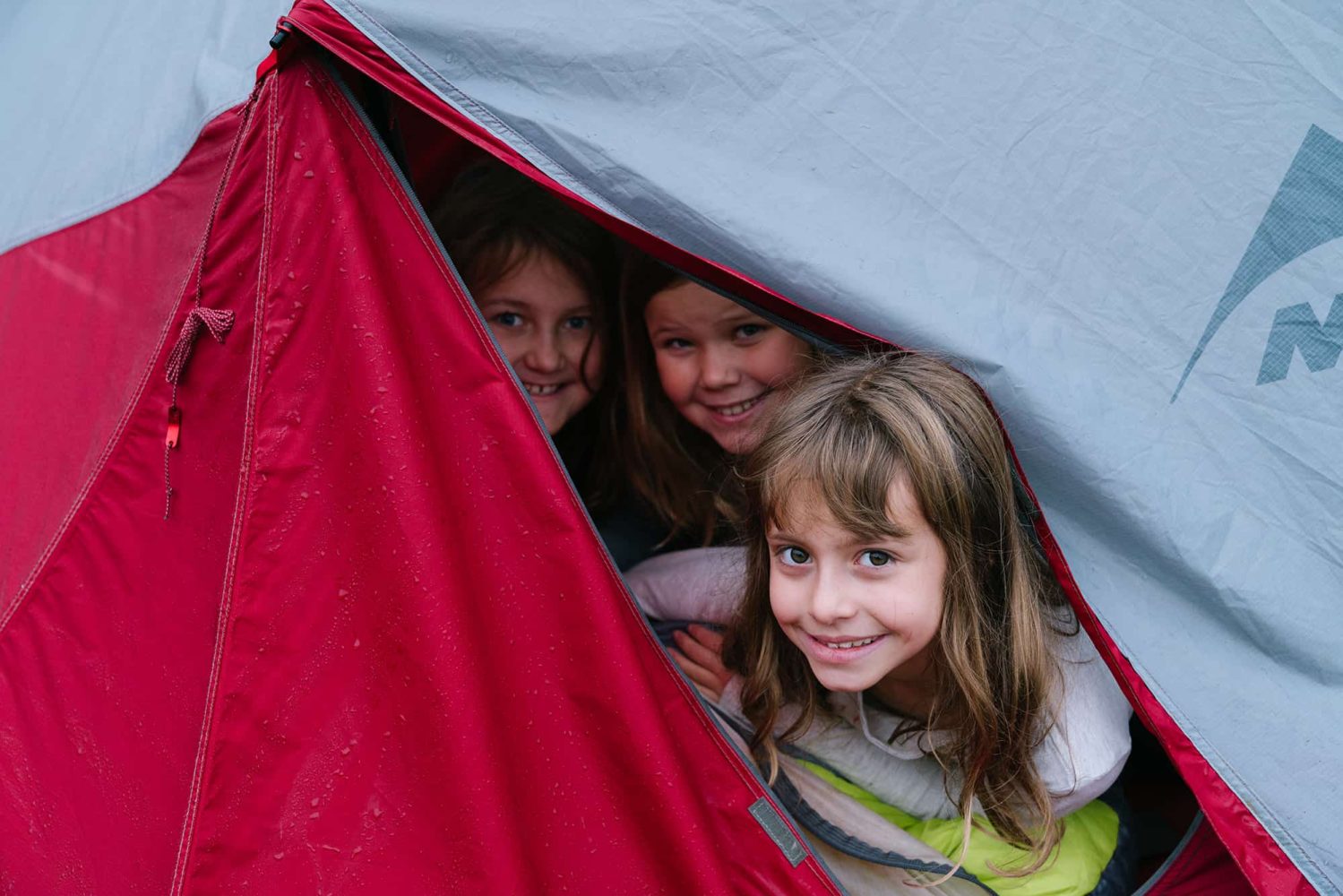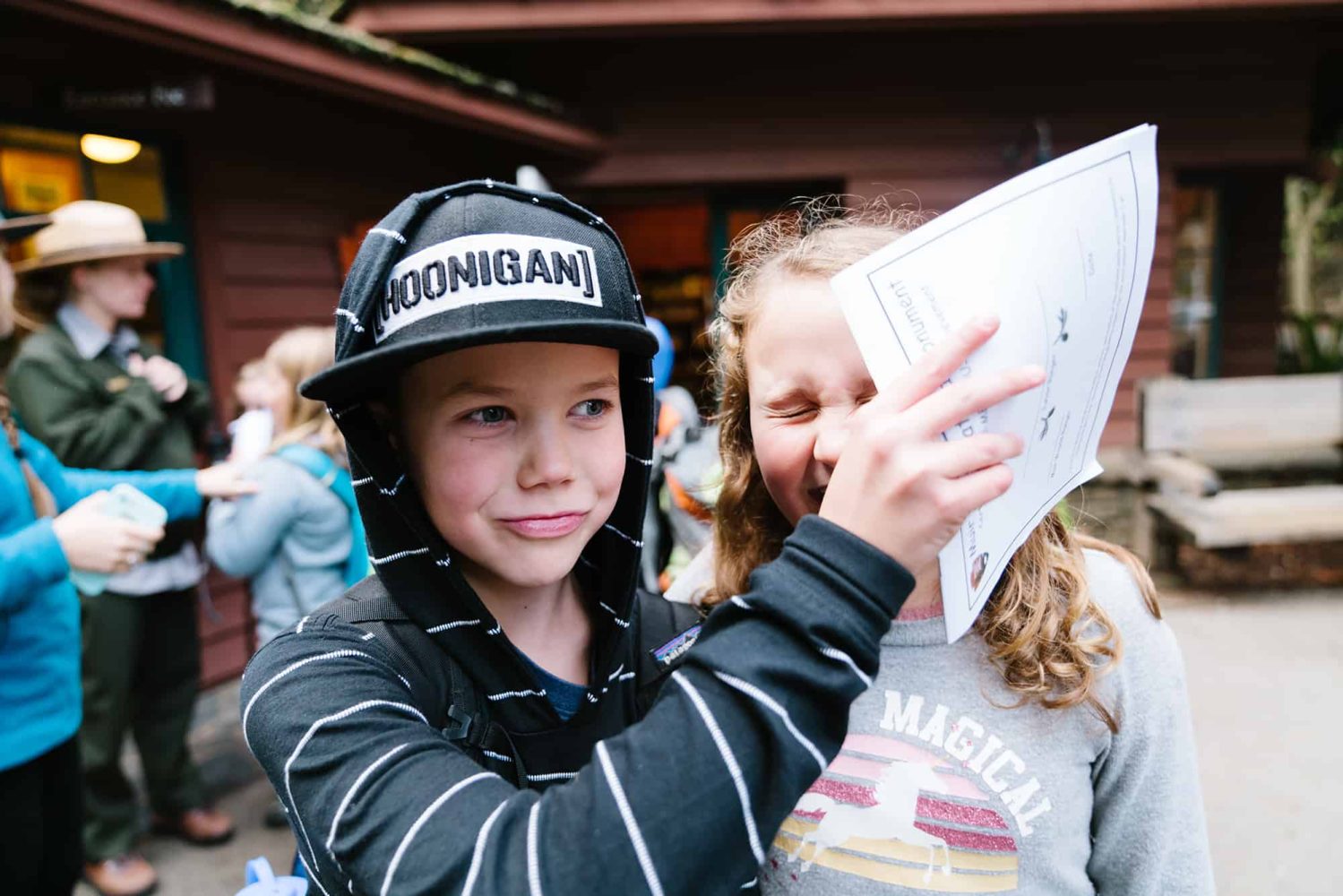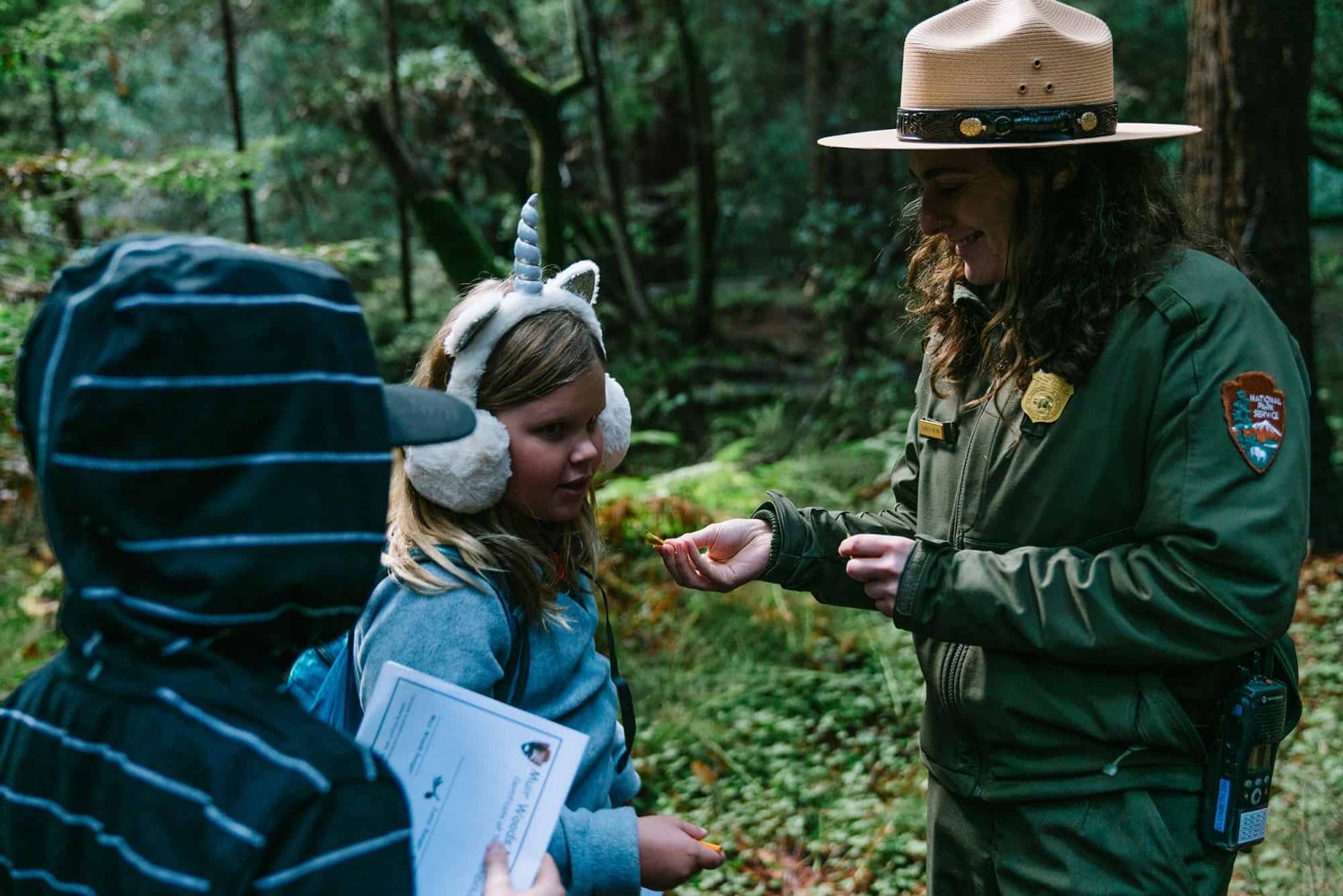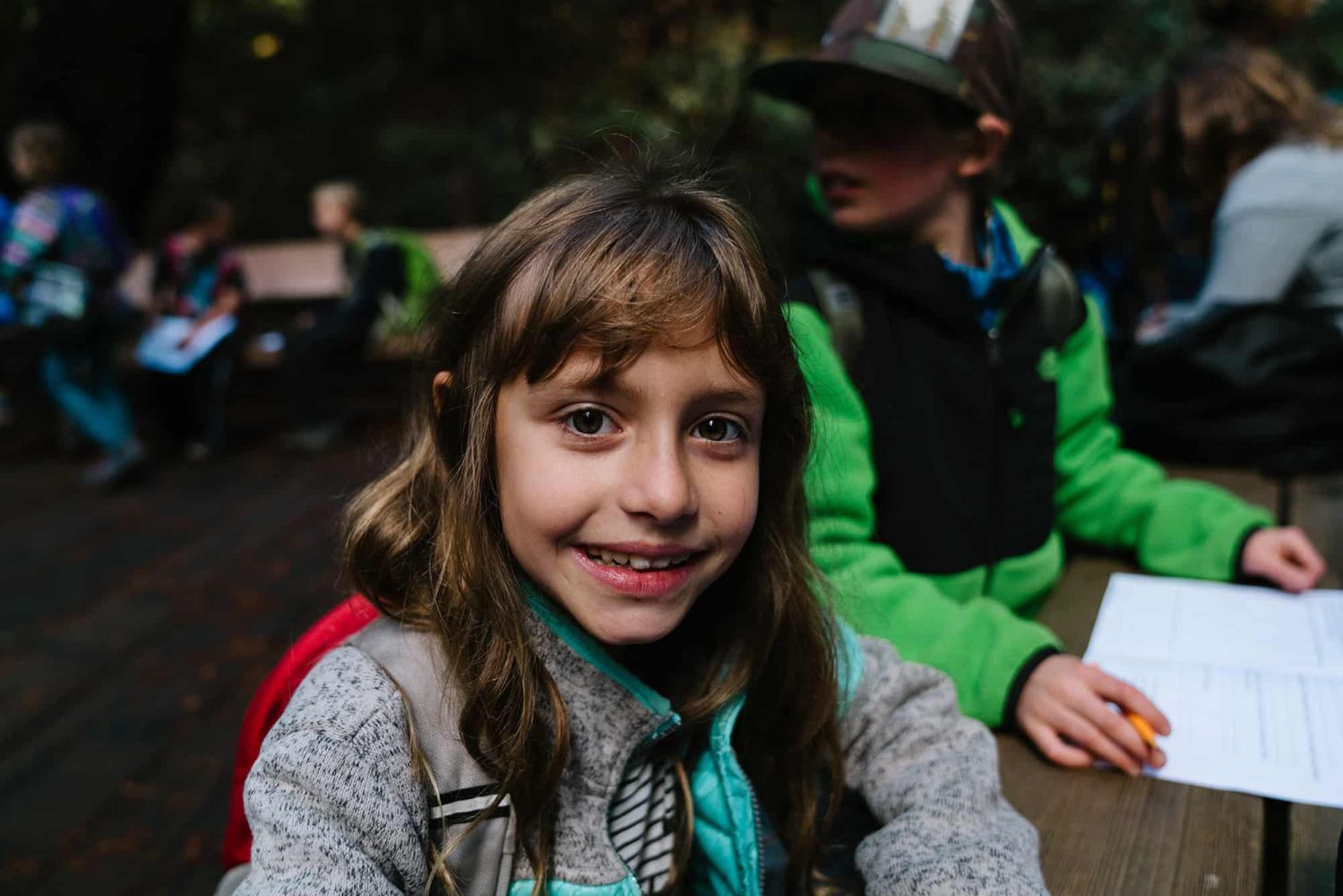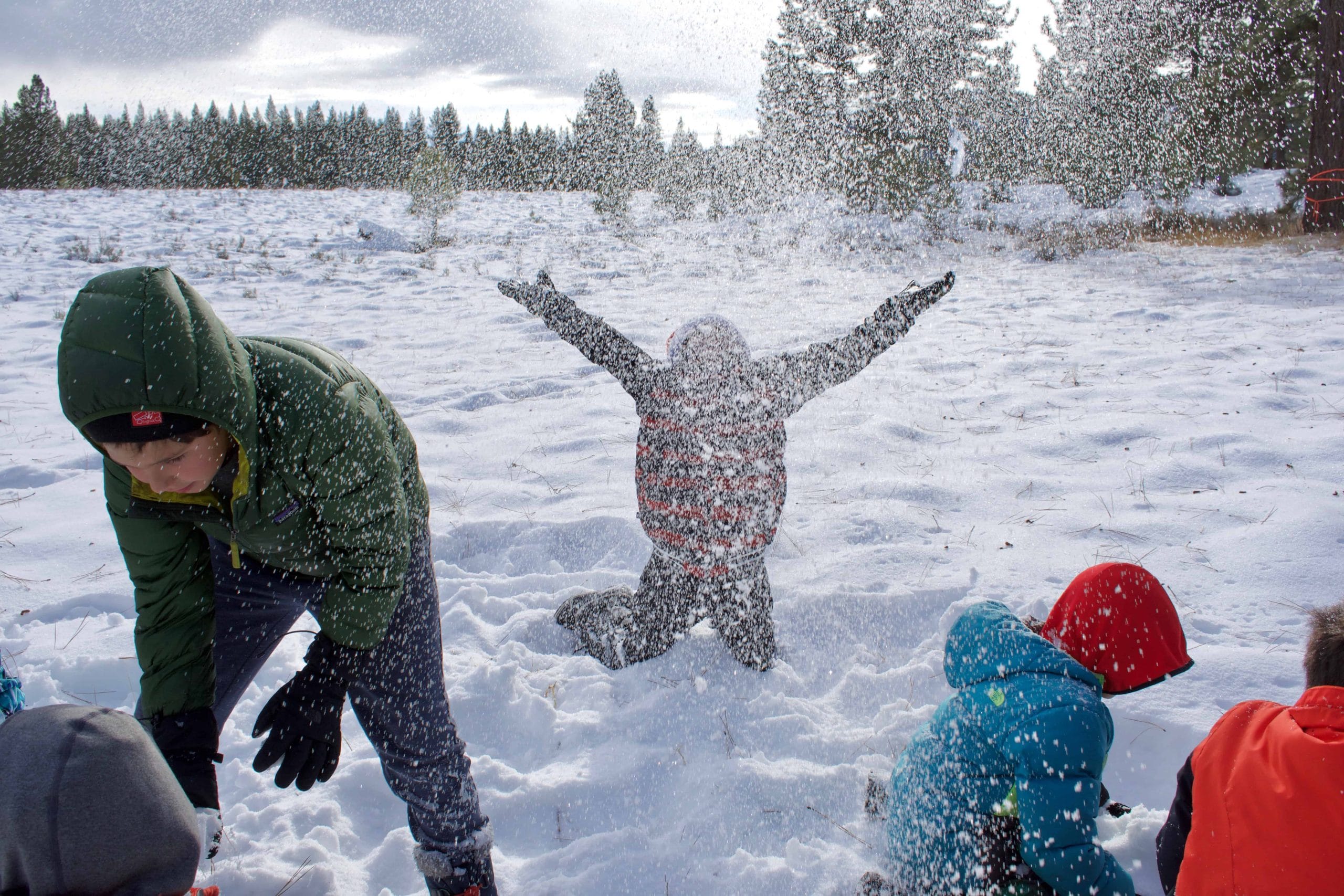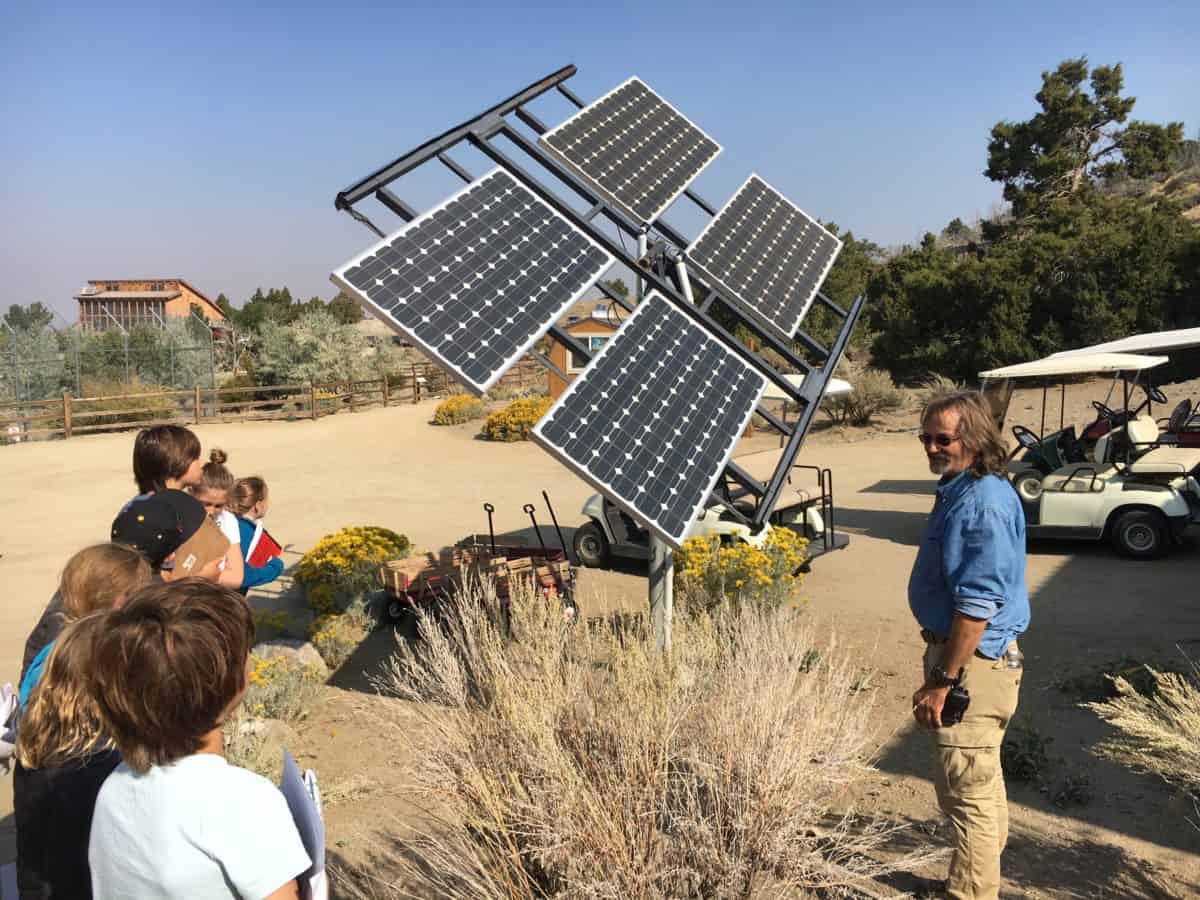Studying Animal Defense Mechanisms in the Field
For their first field study component, the Rubicon Crew rallied down to the Bay Area for a hands-on kick-off.
Our Elementary School Rubicon Crew kicked off their second expedition just before Thanksgiving break and are now fully immersed in animal defense mechanisms and all of the amazing adaptations that allow animals to survive. This expedition is all about research, note taking, close reading, and informational writing. Students have been focusing on making inferences based on text evidence, identifying the main idea of a text using key details, and writing paragraph-length summaries of what they’ve read.
For their first field study component, the Rubicon Crew rallied down to the Bay Area for a hands-on kick-off. The crew stopped at Muir Woods and learned about how Redwoods are able to survive for so long.
Students took a foggy hike around the National Monument while filling out their Junior Ranger booklets & learning a lot from Ranger Michelle about the Redwoods and their environment. They camped at China Camp State Park, fending off raccoons and celebrating one of the crew member’s 10th birthday! On their second day, they visited the California Academy of Sciences in San Francisco and checked out the amazing animals in the aquarium. They were able to relate this visit not only to our current expedition but also to our case study on coral from their previous expedition!
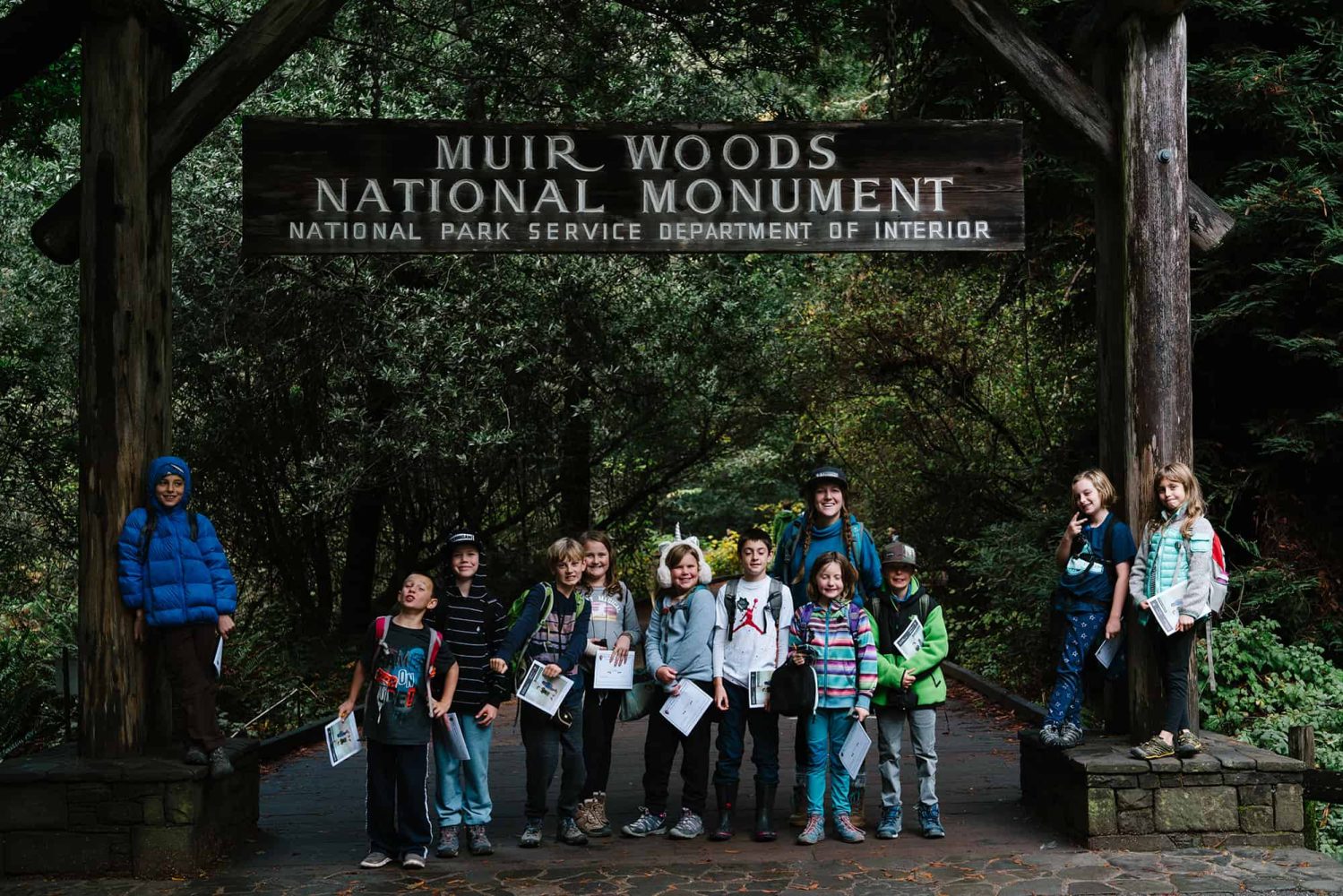
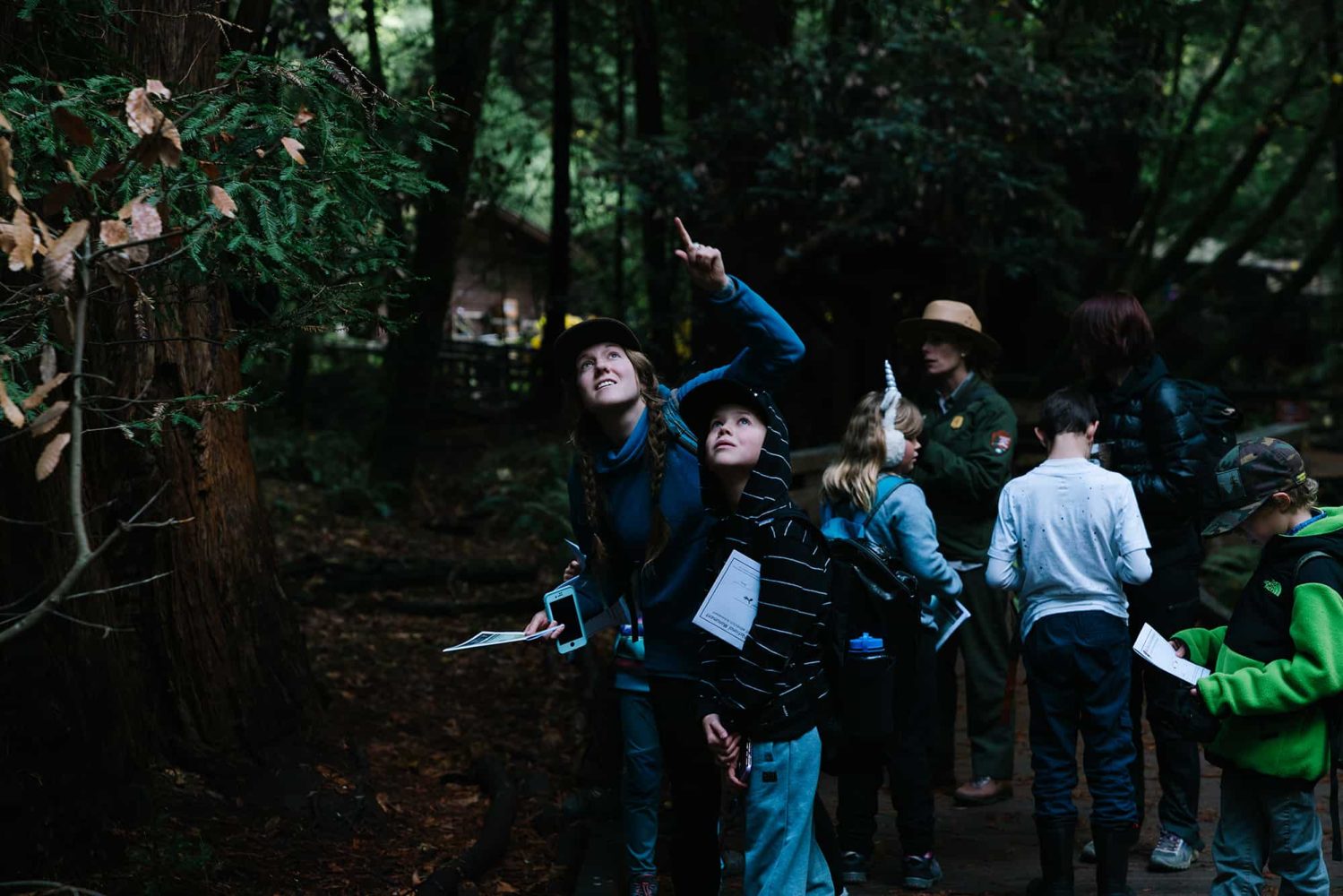
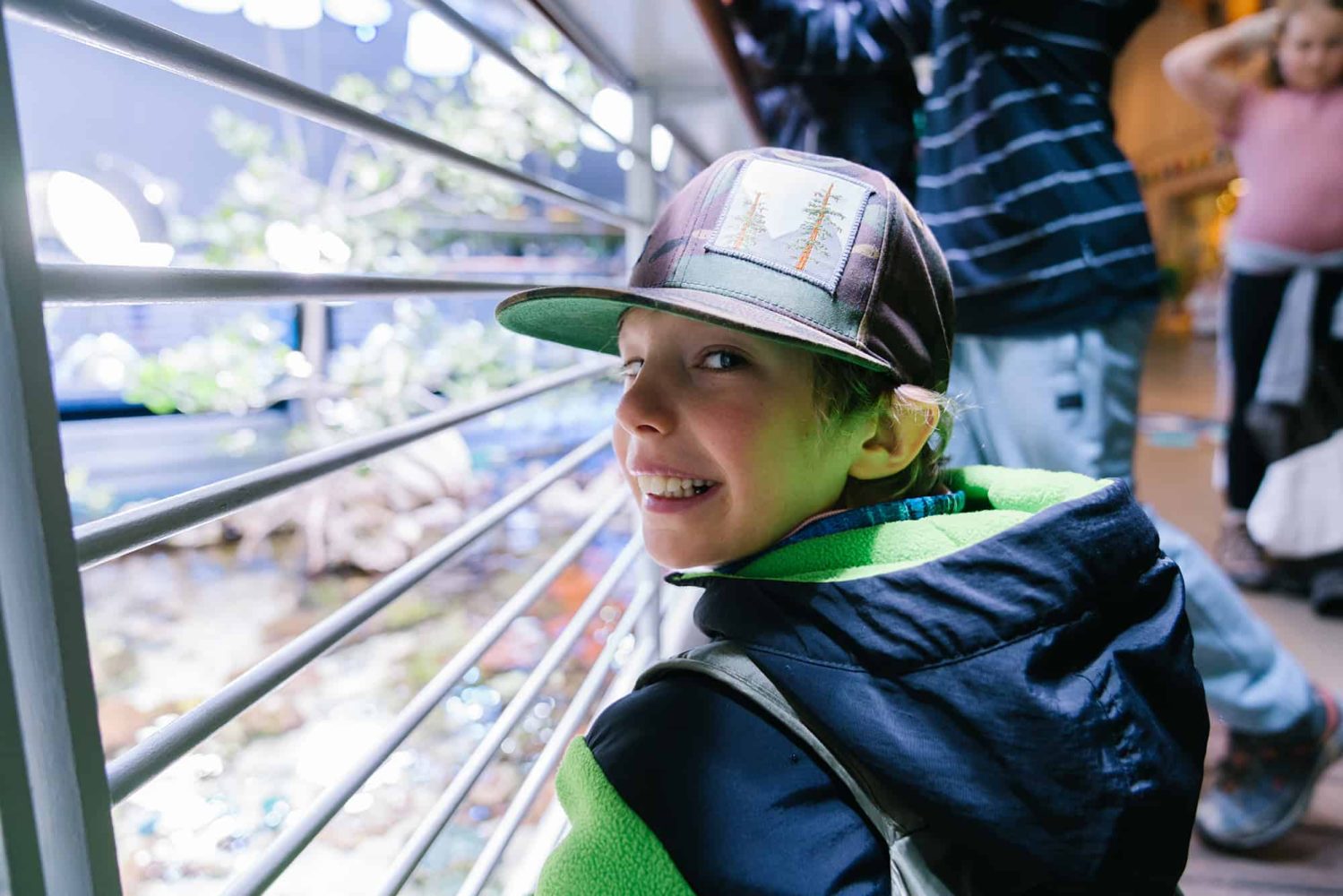
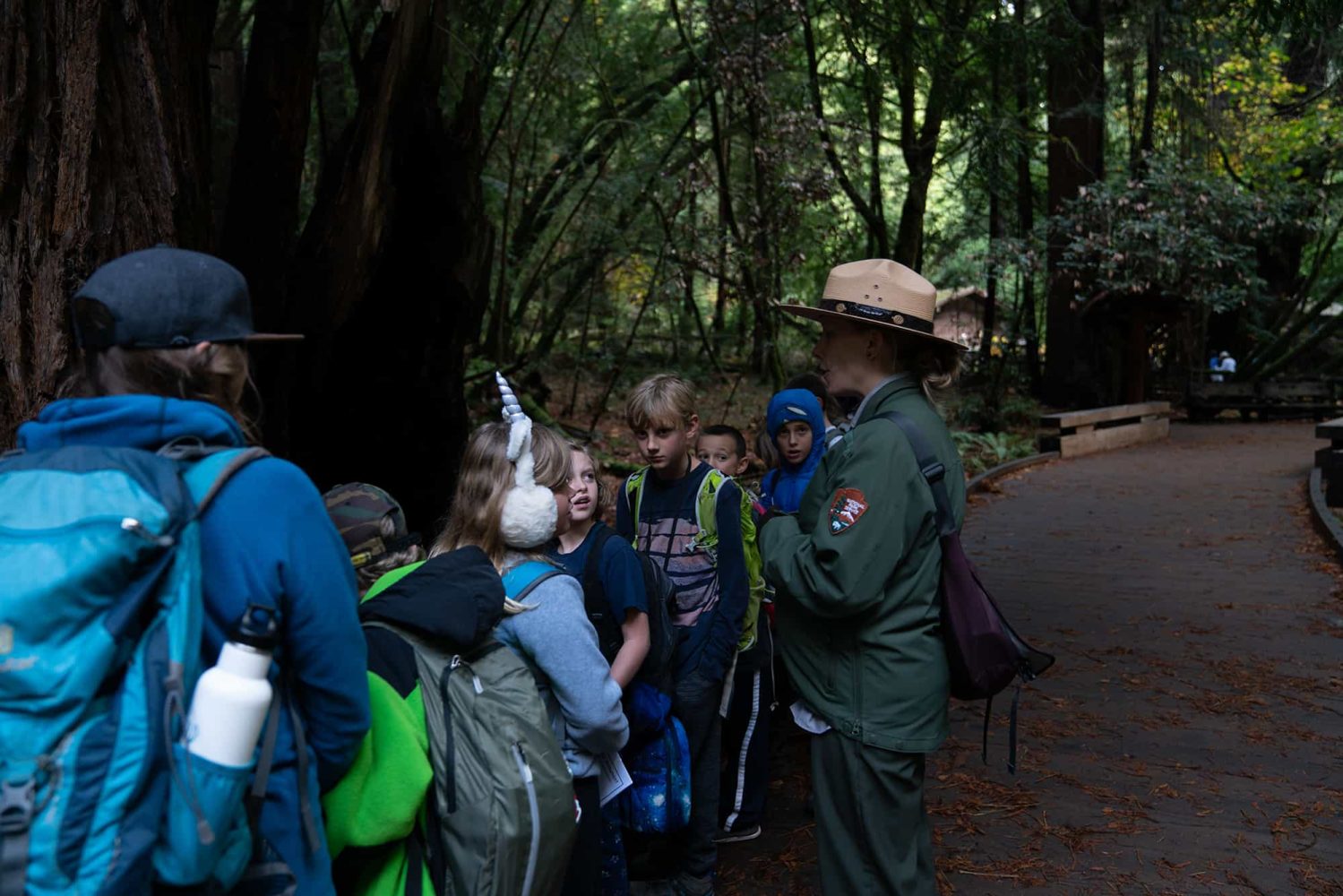
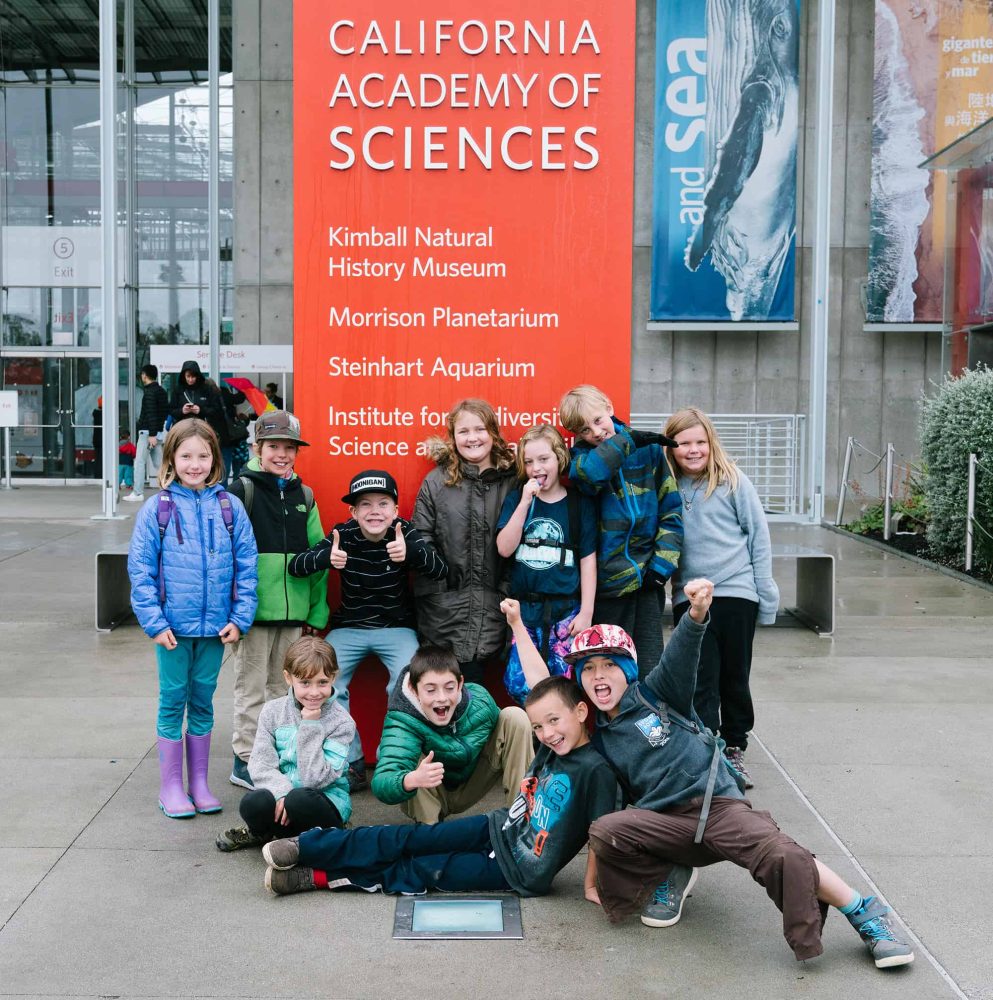
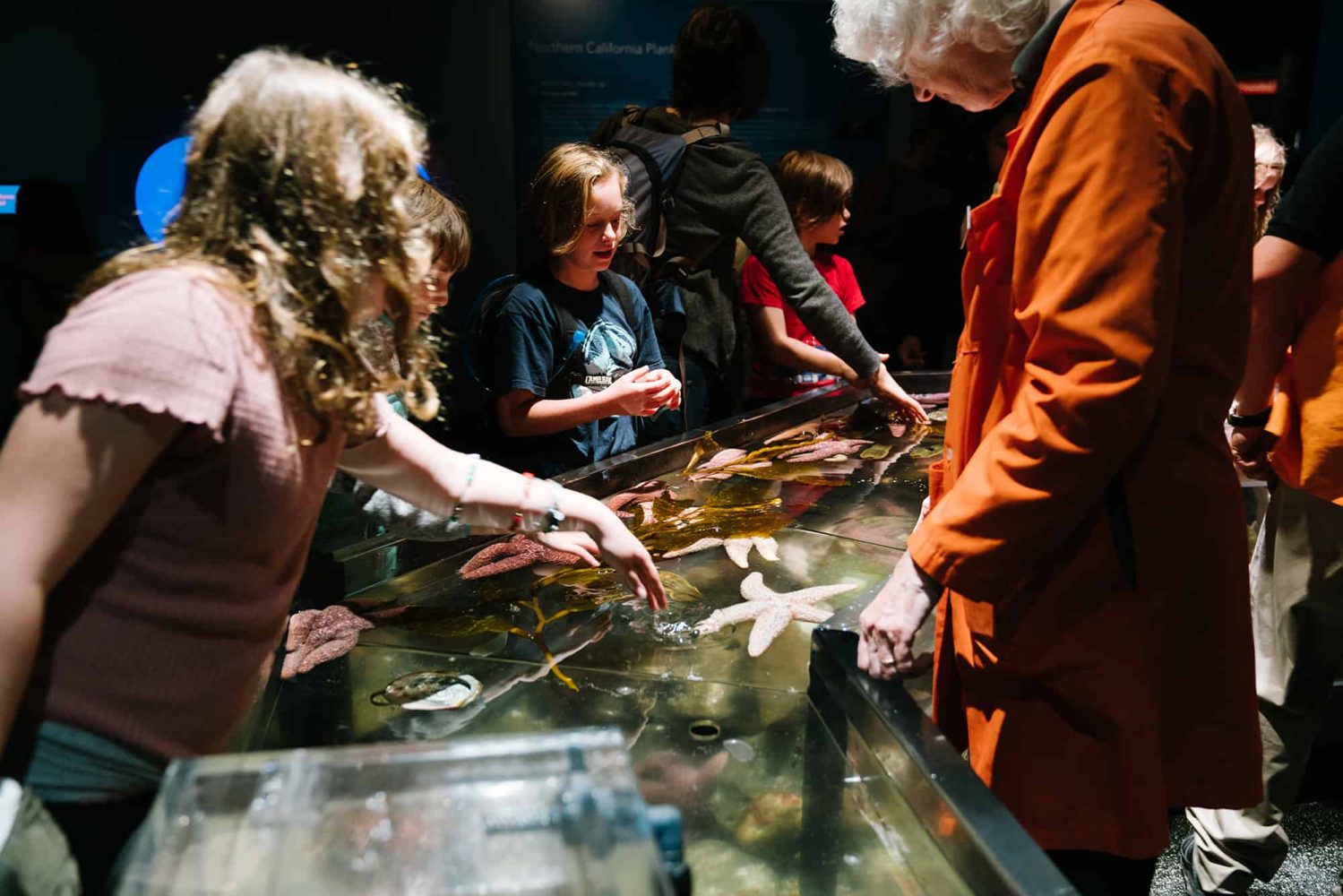
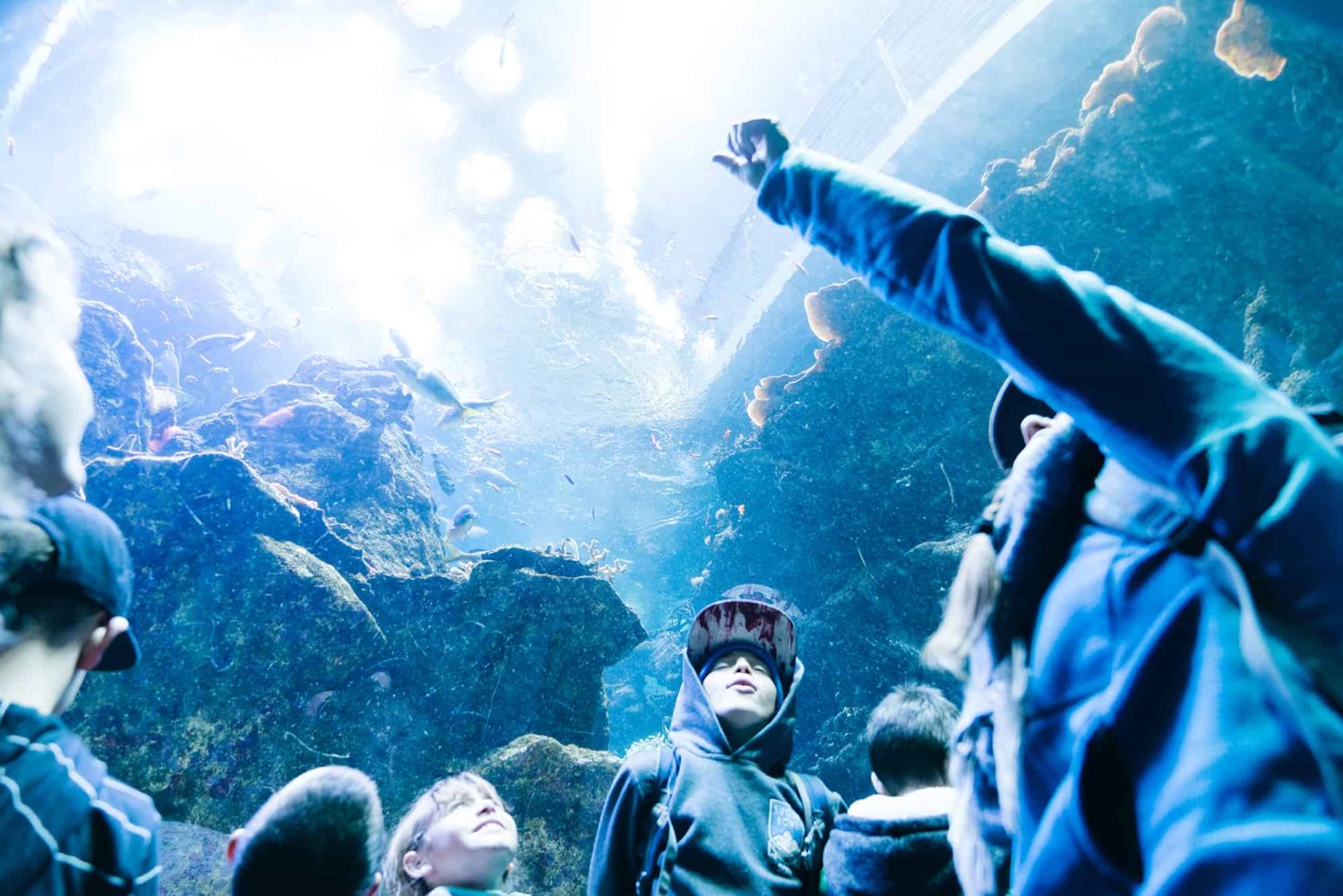
The crew continued to build background knowledge by reading our anchor text Animal Behavior: Animal Defenses. Students have been working in groups, pairs, and independently to identify the main idea & write summary paragraphs, to answer text-based questions using close reading strategies, to make inferences based on text evidence, and to use the “skimming” and “scanning” reading strategies to get a quick gist and find key details.
After Winter Break students went back out into the field to conduct a Bald Eagle count with the Tahoe Institute of Natural Sciences (TINS). They were stationed at Kings Beach State Park and spent the morning watching the skies for eagles. Unfortunately, they learned a lesson about field science that will hopefully be valuable going forward–you can’t control wildlife, and sometimes you don’t see any! They didn’t spot any eagles, but students took turns scanning the skies and enjoying time outside on the beach.
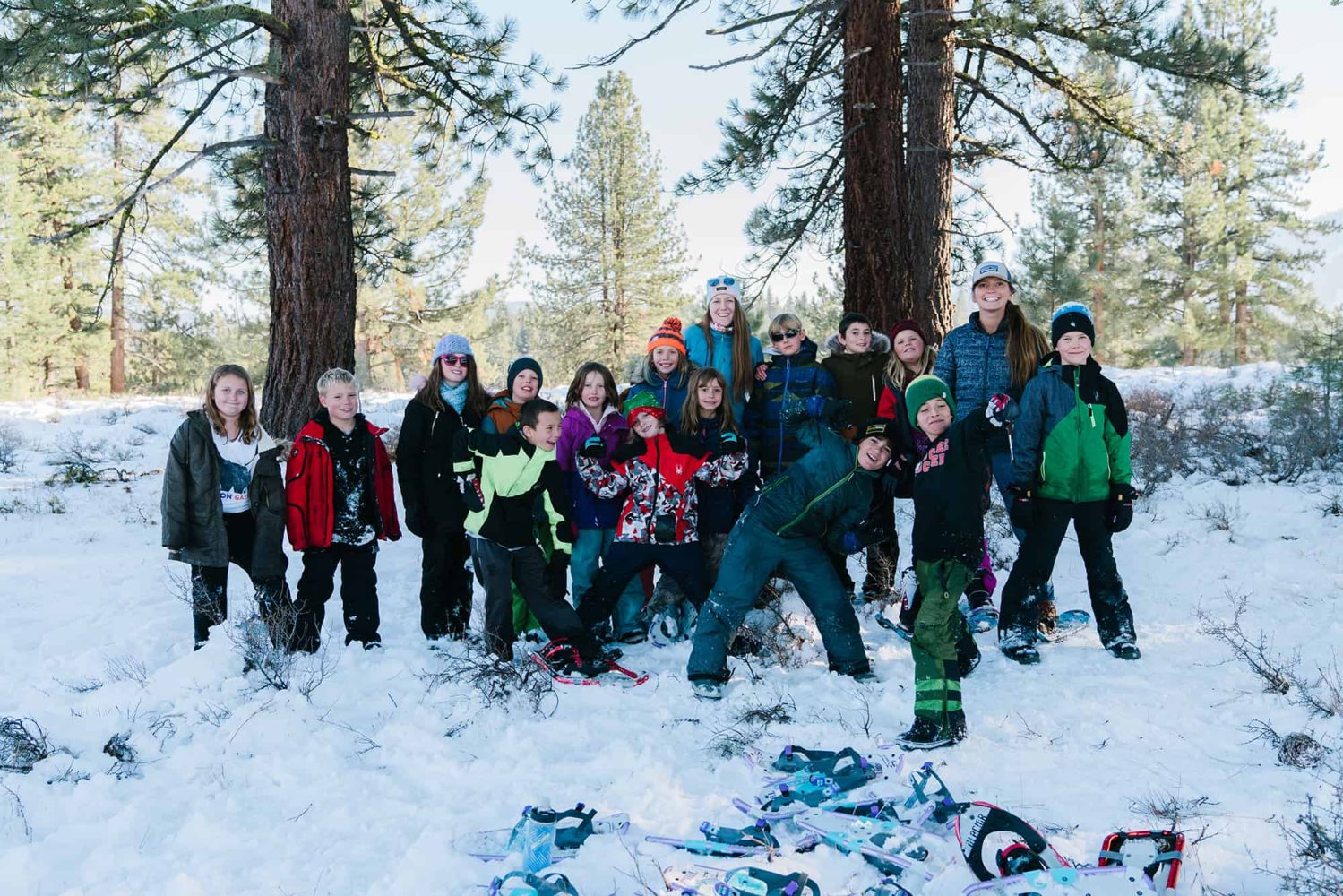
Students have begun work on their final product, a five paragraph essay and an informative visual product on an animal of their choosing.
What’s next in this expedition? Students have begun work on their final product, a five paragraph essay and an informative visual product on an animal of their choosing. They have immersed themselves in the research process, seeking out information about their animals and taking notes that will inform their final products.
But before they wrap up their final products, Rubicon Crew Leader Carolyn Highland is leading her crew on an overnight field study at Hutchinson Lodge (near Donner Summit) to hone in their cross country skiing, learn about animal adaptations in the area, and practice their hut life skills!
